| Plant Habit: | Herb/Forb |
| Life cycle: | Perennial |
| Sun Requirements: | Full Sun to Partial Shade Partial or Dappled Shade Partial Shade to Full Shade Full Shade |
| Water Preferences: | Wet Wet Mesic Mesic |
| Soil pH Preferences: | Moderately acid (5.6 – 6.0) Slightly acid (6.1 – 6.5) Neutral (6.6 – 7.3) |
| Minimum cold hardiness: | Zone 3 -40 °C (-40 °F) to -37.2 °C (-35) |
| Maximum recommended zone: | Zone 9a |
| Plant Height: | 1 to 2 feet |
| Plant Spread: | 1 to 2 feet and more |
| Leaves: | Semi-evergreen |
| Flowers: | Showy |
| Flower Color: | Yellow |
| Bloom Size: | Under 1" |
| Flower Time: | Spring |
| Underground structures: | Rhizome |
| Uses: | Erosion control Groundcover Cut Flower Will Naturalize |
| Wildlife Attractant: | Bees |
| Resistances: | Deer Resistant Rabbit Resistant Tolerates dry shade |
| Propagation: Other methods: | Division |
| Pollinators: | Bees Various insects |
| Miscellaneous: | Tolerates poor soil |
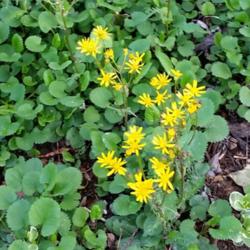
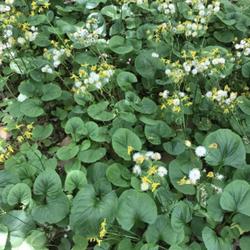
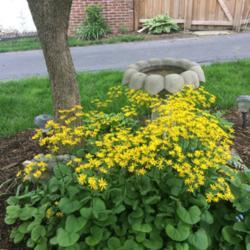
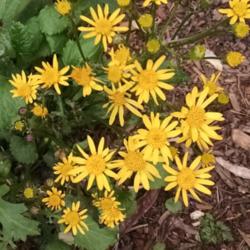
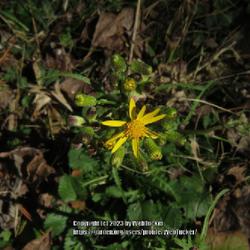
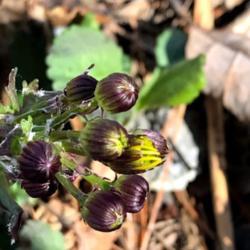
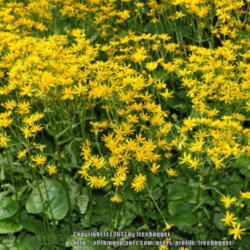
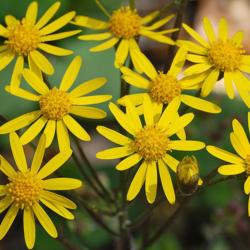
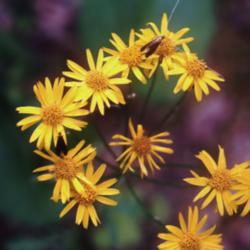
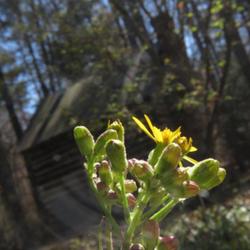
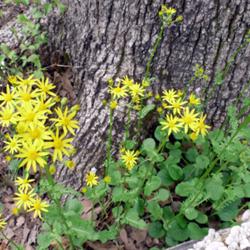
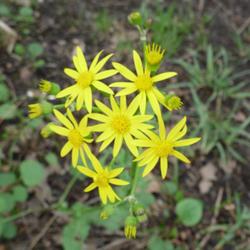
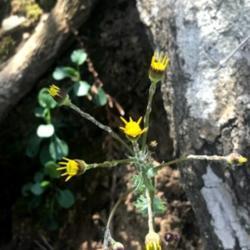
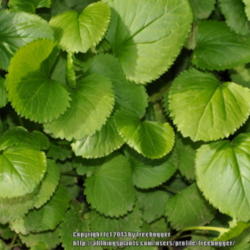
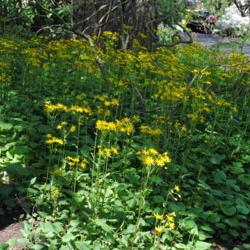
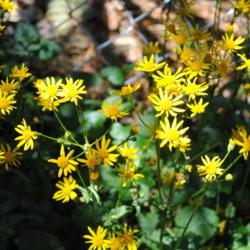
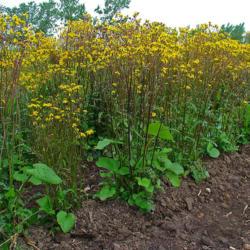
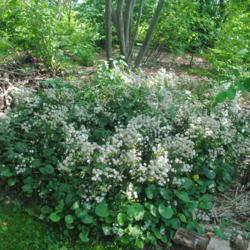
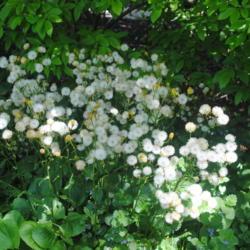
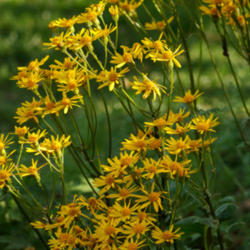
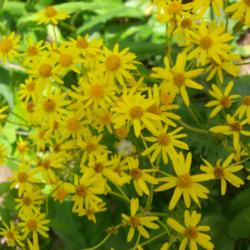
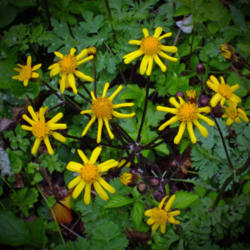
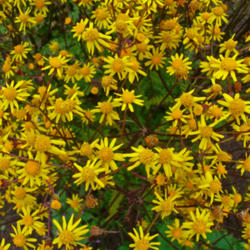
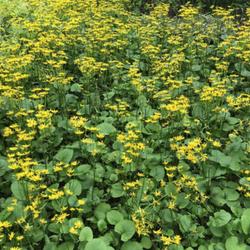
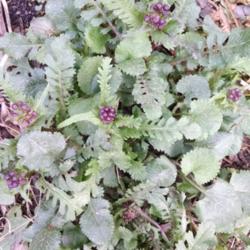
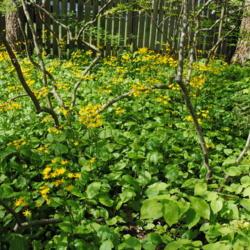
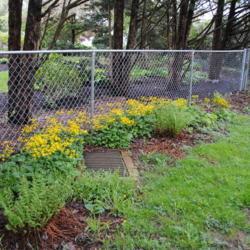
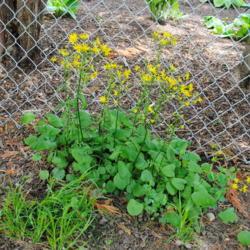
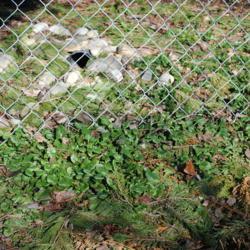
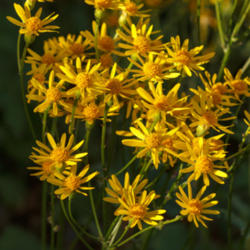
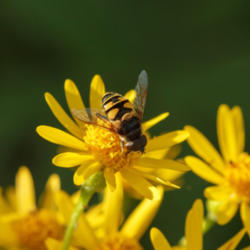
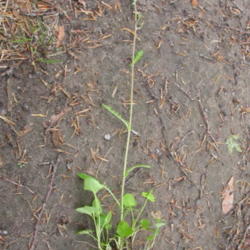
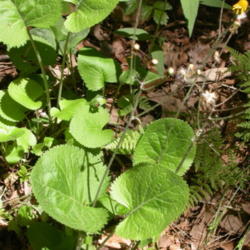
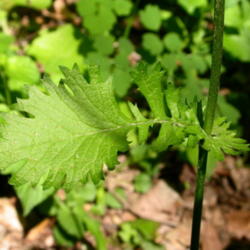
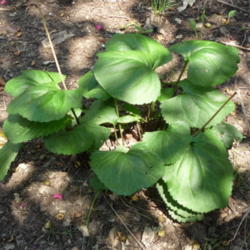
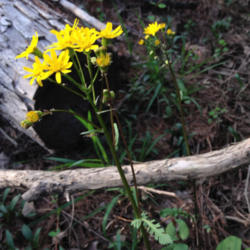
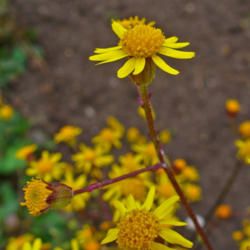
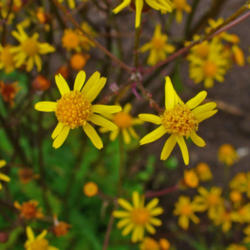
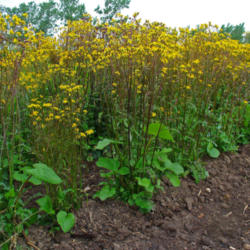
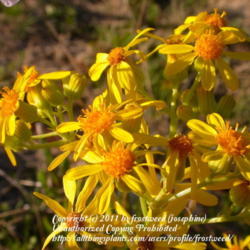
| WebTucker | On February 28, 2023 | Bloomed |